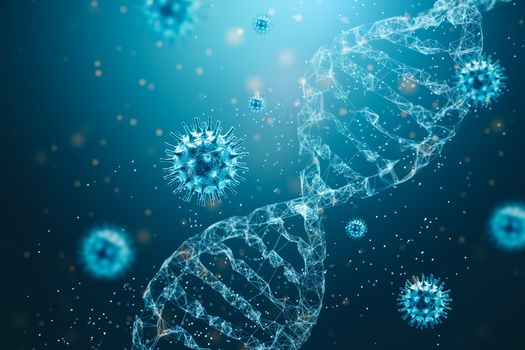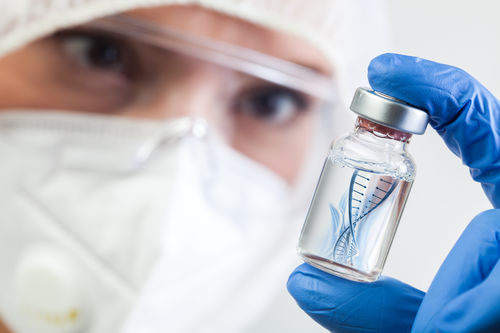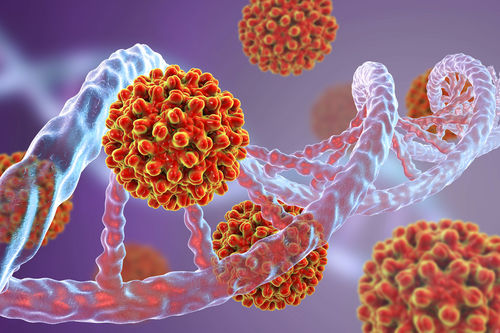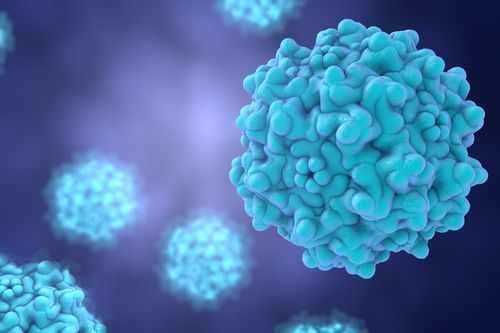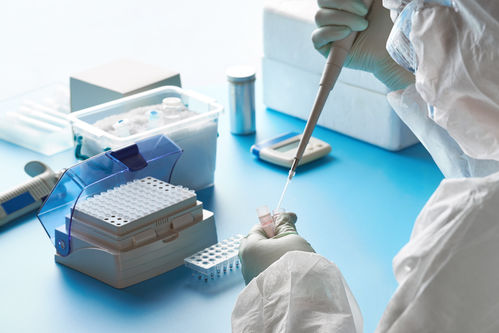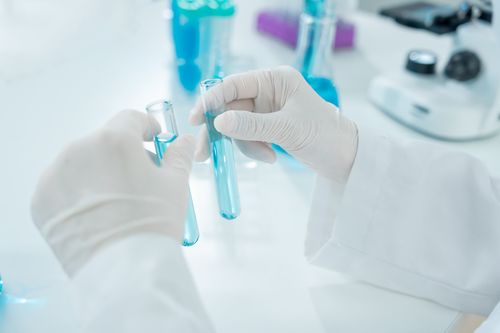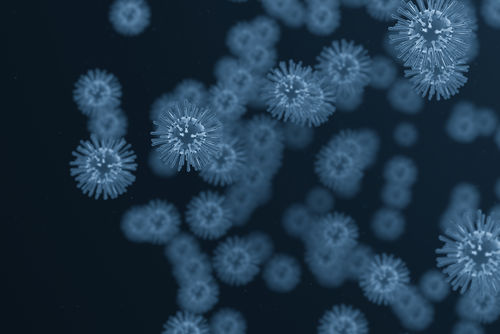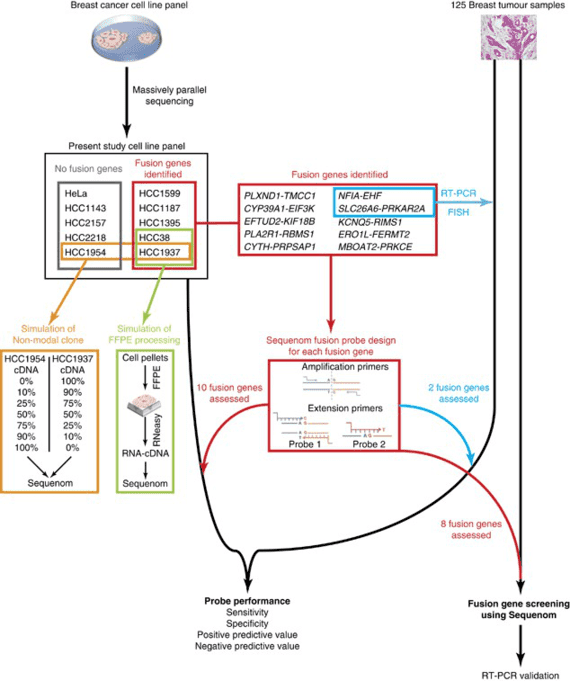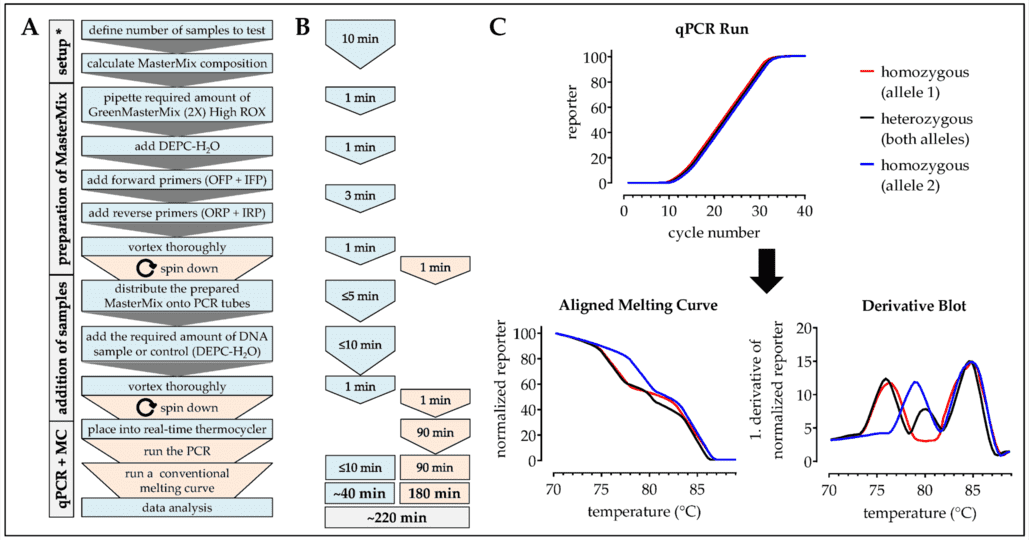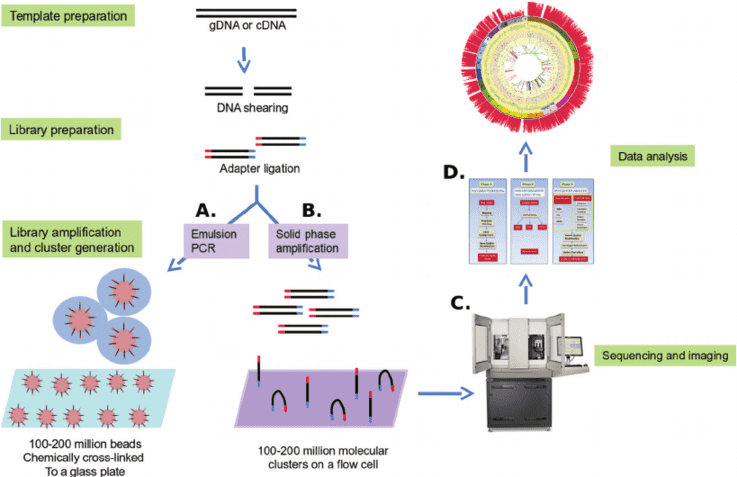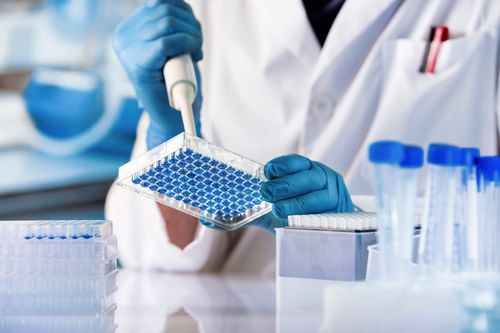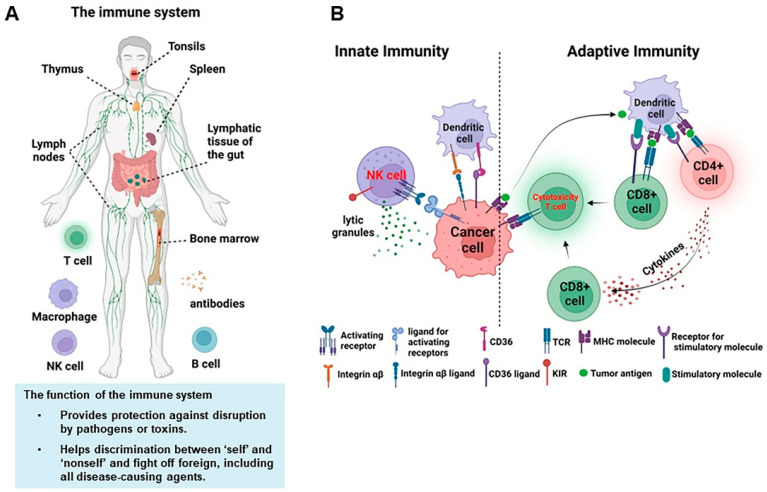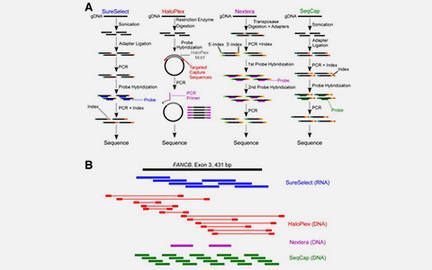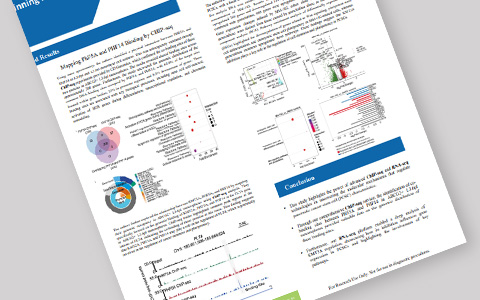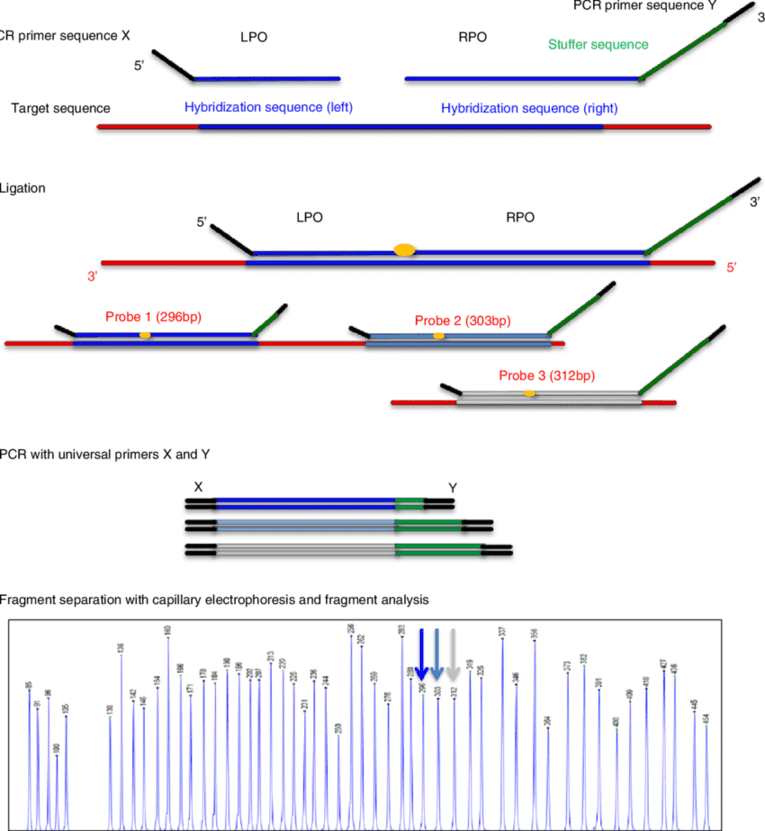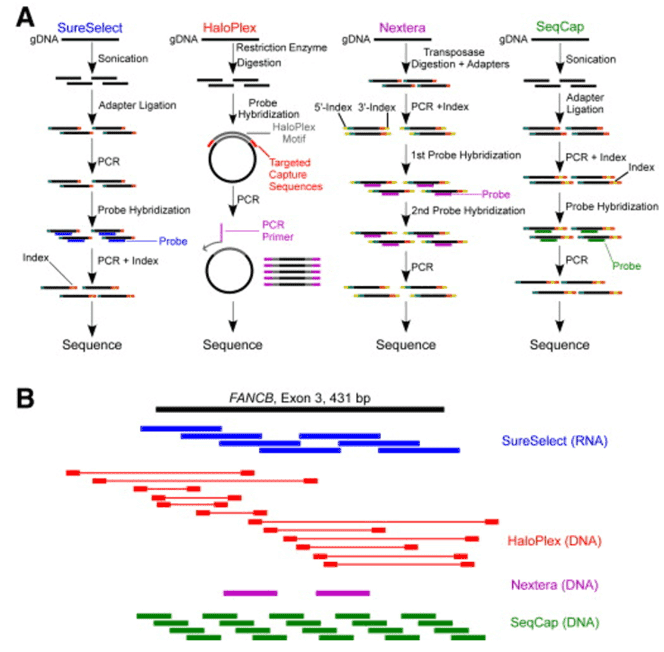Custom Dilated Cardiomyopathy Panel
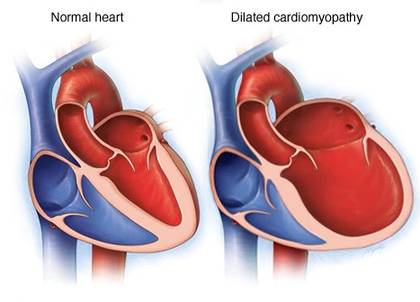
What is dilated cardiomyopathy?
Dilated cardiomyopathy (DCM) is characterized by dilation of the left ventricle or double ventricle with impaired systolic function, and has a great impact on cardiac function. Most DCM individuals have a lower survival rate within 5 to 10 years after onset (30% to 40%). The pathogenesis of DCM is abnormality of control genes of cardiomyocytes, viral infection and immune system defects & dysfunction. These factors can cause damage to stromal cells in the fibrous framework of the ventricular wall, and followed by gradual degeneration, necrosis, extracellular edema of cardiomyocytes, finally whole-heart enlargement, cardiac function decline and heart failure.
Disease-related gene description
DCM caused by genetic factors accounts for about 30-50%. There are four genetic modes: autosomal dominant inheritance, autosomal recessive inheritance, sex chromosome linkage inheritance and mitochondrial inheritance. Among them, autosomal dominant inheritance is most common. Many genes related to DCM have been reported. Dystrophin (encoded by DMD) is a protein in muscle cells that transmits contractile force to extracellular protein scaffolds. The C-terminus is linked to the basal layer of the extracellular membrane via a DCM-related protein, and the N-terminus is linked to the intracellular cytoskeletal protein F-actin. Dystrophin acts the connect between the myofilament and the extracellular matrix. The abnormality of DMD gene is the main cause of x-linked DCM. In cardiomyocytes, cardiac actin (encoded by ACTC1) is a major component of the thin filaments in the sarcomere. ACTC1 is the main pathogenic gene in autosomal dominant inheritance. The desmin (encoded by DES) is a specific intermediate filament protein in muscle. The DES gene is a candidate gene for autosomal dominant DCM. Mutations in other genes related to sarcomere, such as TPM1, TNNT2, TNNC1, TNNI3, MYH7 and MYBPC3, may lead to an increased risk of DCM. In addition, the mutations in SCN5A that encodes voltage-gated sodium channels in human cardiomyocytes, can directly lead to abnormalities of sodium channels in cardiomyocytes and induce various arrhythmias. See the gene list for more genes related to DCM.
To support researches related to dilated cardiomyopathy, we provide a custom dilated cardiomyopathy panel platform that offers a comprehensive dilated cardiomyopathy library. You can select the dilated cardiomyopathy-associated genes from it. Targeted DNA sequencing technology that enables deep sequencing at high coverage levels is provided.
Custom dilated cardiomyopathy panel offers but are not limited to:
-
Powerful sequencing technologies with advanced target enrichment methods by the Illumina MiSeq system provides ultra-deep sequencing to target specific genomic regions.
-
Every detected genetic variant will be further validated to ensure the validity of results.
-
Strict quality control throughout the pipeline workflow ensures the accuracy and repeatability of the sequencing.
-
Keep up with the frontiers from current literature about dilated cardiomyopathy panel to target all relevant regions.
-
Customized dilated cardiomyopathy panel only contains the genes you need, and save your time and cost.
-
Precision bioinformatics pipelines ensure superior analytical performance.
Choose the genes that suit you from the dilated cardiomyopathy gene list
| ABCC9 |
ACADVL |
ACTC1 |
ACTN2 |
ALMS1 |
ANKRD1 |
| BAG3 |
CASQ2 |
CAV3 |
CAVIN4 |
CHRM2 |
CPT2 |
| CRYAB |
CSRP3 |
CTF1 |
DES |
DMD |
DOLK |
| DSC2 |
DSG2 |
DSP |
DTNA |
EMD |
EYA4 |
| FHL2 |
FKRP |
FKTN |
FLNC |
GATA4 |
GATA6 |
| GATAD1 |
GLA |
ILK |
JUP |
LAMA4 |
LAMP2 |
| LDB3 |
LMNA |
MIB1 |
MYBPC3 |
MYH6 |
MYH7 |
| MYL2 |
MYL3 |
MYOZ2 |
MYPN |
NEBL |
NEXN |
| NKX2-5 |
NPPA |
PDLIM3 |
PKP2 |
PLN |
PRDM16 |
| PRKAG2 |
PTPN11 |
RAF1 |
RBM20 |
RYR2 |
SCN5A |
| SDHA |
SGCD |
SLC22A5 |
TAZ |
TBX20 |
TCAP |
| TMEM43 |
TMEM70 |
TMPO |
TNNC1 |
TNNI3 |
TNNT2 |
| TPM1 |
TRDN |
TTN |
TTR |
TXNRD2 |
VCL |
Specimen requirements of our custom dilated cardiomyopathy panel
- Specimen: blood, saliva or extracted DNA.
- Volume: 3 mL blood, 2 mL saliva and 3ug DNA.
- Collection: blood is collected by routine blood collection and saliva is collected by saliva collection kits (kits are available upon request). DNA samples are stored in TE buffer or equivalent.
- Container: lavender-top (EDTA) tube or yellow-top (ACD) tube.
- Storage/transport temperature: room temperature.
Gene panel workflow

For more information about the Custom Dilated Cardiomyopathy Panel or need other amplification requirements, please contact us.
References:
- Cohen N, Muntoni F. Multiple pathogenetic mechanisms in X linked dilated cardiomyopathy. Heart, 2004, 90(8): 835-841.
- McNally E M, et al. Genetic mutations and mechanisms in dilated cardiomyopathy. The Journal of clinical investigation, 2013, 123(1): 19-26.
- Esslinger U, et al. Exome-wide association study reveals novel susceptibility genes to sporadic dilated cardiomyopathy. PLOS One, 2017, 12(3): e0172995.
- Herman D S, et al. Truncations of titin causing dilated cardiomyopathy. New England Journal of Medicine, 2012, 366(7): 619-628.
* For research purposes only, not intended for clinical diagnosis, treatment, or individual health assessments.
Related Services
Related Products
Related Resources


